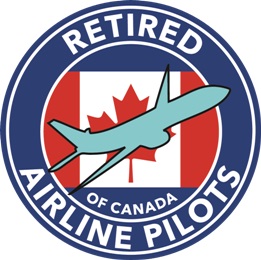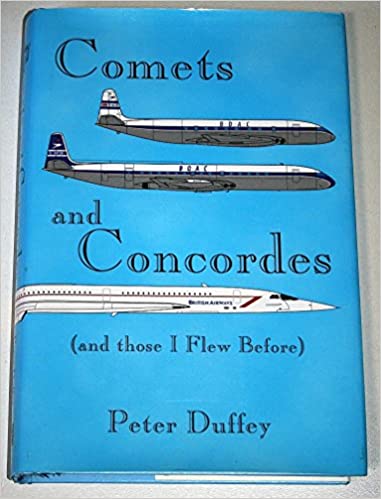-
-
-
-
-
-
-
-
-
-
-
-
-
-
-
-
-
-
-
-
COMETS AND CONCORDES BY PETER DUFFEY
-
-
-
-
-
-
-
-
-
-
-
-
-
-



|
COMETS AND CONCORDES by Peter Duffey |
|
|
|
ABOUT THE BOOKAmongst airline captains, Peter Duffey is unique in having flown on scheduled service, the Comet 1, the Comet 4 and Concorde. This intriguing book deals with some of the intricacies involved in operating these innovative aircraft. The Comet 1 was the first jet airliner in service and Concorde the first and at present, the only supersonic airliner in service. There is a great deal to be discovered here about the handling and operational problems which these new aircraft presented, and it all makes engaging reading from an aviator's point of view. The account of the introduction of the Comet is overshadowed by the knowledge of how it all ended in disaster, with unforeseen metal fatigue eventually leading to catastrophic failure of the pressurised hulls. Peter Duffey had serious reservations about the Comets that he was flying, particularly after the loss of the first aircraft off Elba, and he would have supported total grounding of the fleet at that time. The Comet 4 was vastly superior, with all the earlier problems sorted out, but it was no commercial match for the newly introduced Boeing 707. Bearing in mind, as the writer must have done, the tendency of many completely new aircraft types to present unforeseen problems, the record of over twenty years of operation of Concorde with no major incidents should be acclaimed as the technical triumph that it is. That is not to say that the aircraft presented no problems, but the many that it did were dealt with by pilots, engineers and designers in a painstaking and professional manner which is to the great credit of all concerned. The author's accounts of some of these problems make fascinating reading. There is, for instance, a tendency to enter an uncommanded climb or descent of up to 8,000 feet per minute when encountering a change in air temperature. Because of speed, handling and noise limitations, many procedures have to be flown with pin point accuracy, both as to position and speed. Influencing the conduct of nearly all manoeuvres is the noise problem. At low level there is tension between the need to keep the speed up to improve handling and reduce drag and the need to keep engine settings down to reduce noise. At height you want to go supersonic for the sake of fuel efficiency and giving the punters what they have paid for but you have to avoid sonic booming over inhabited terrain. I concluded from his account that unless the sonic boom problem can be overcome we shall never see supersonic airliners in any great number, as the world is just not big enough. A most interesting book. Nigel Everett. WHERE TO BUY THE BOOK CLICK FOR "COMETS AND CONCORDES" ON AMAZON NEW - CLICK FOR "COMETS AND COMETS" FROM BURNT ASH PUBLISHING (INCLUDING EBOOK) ******************** |
